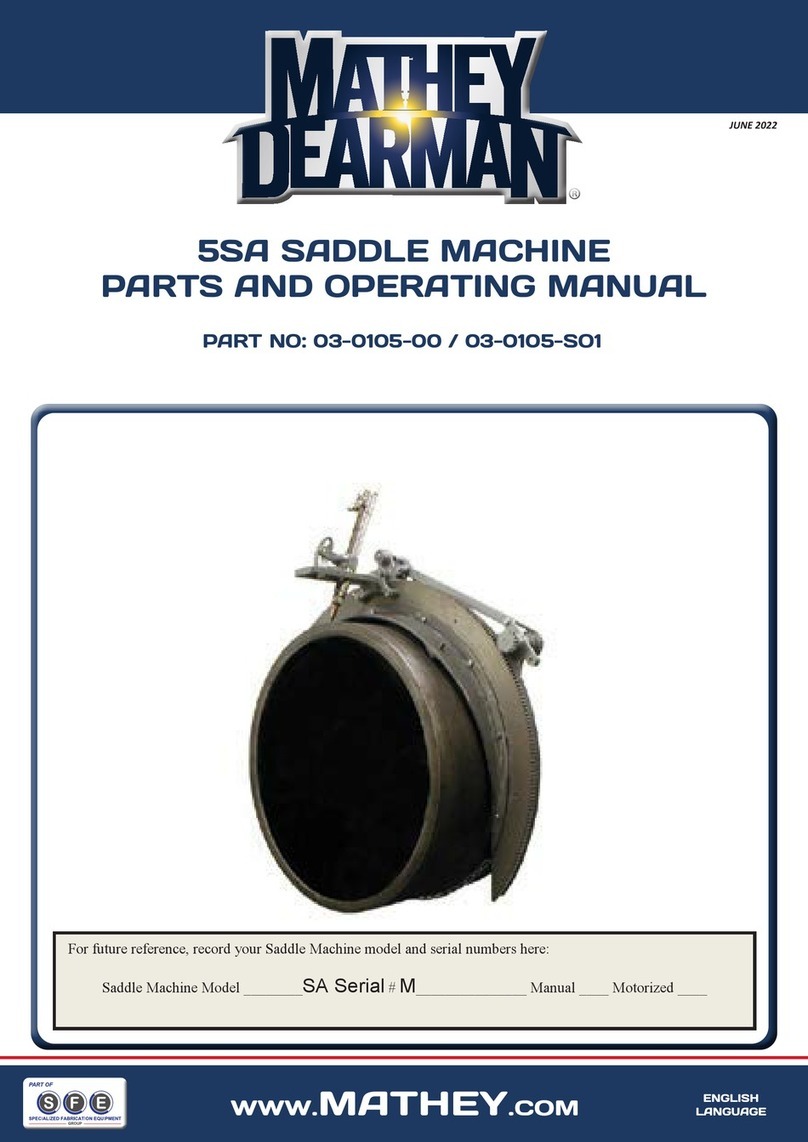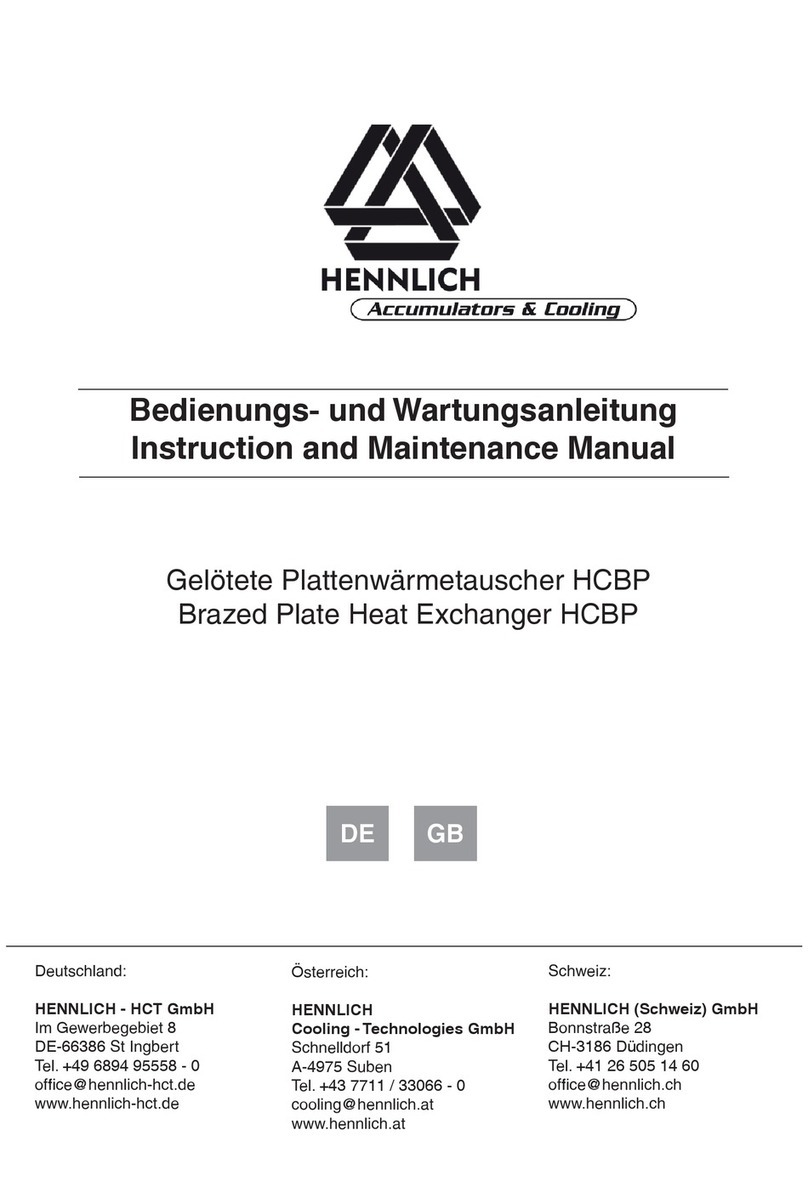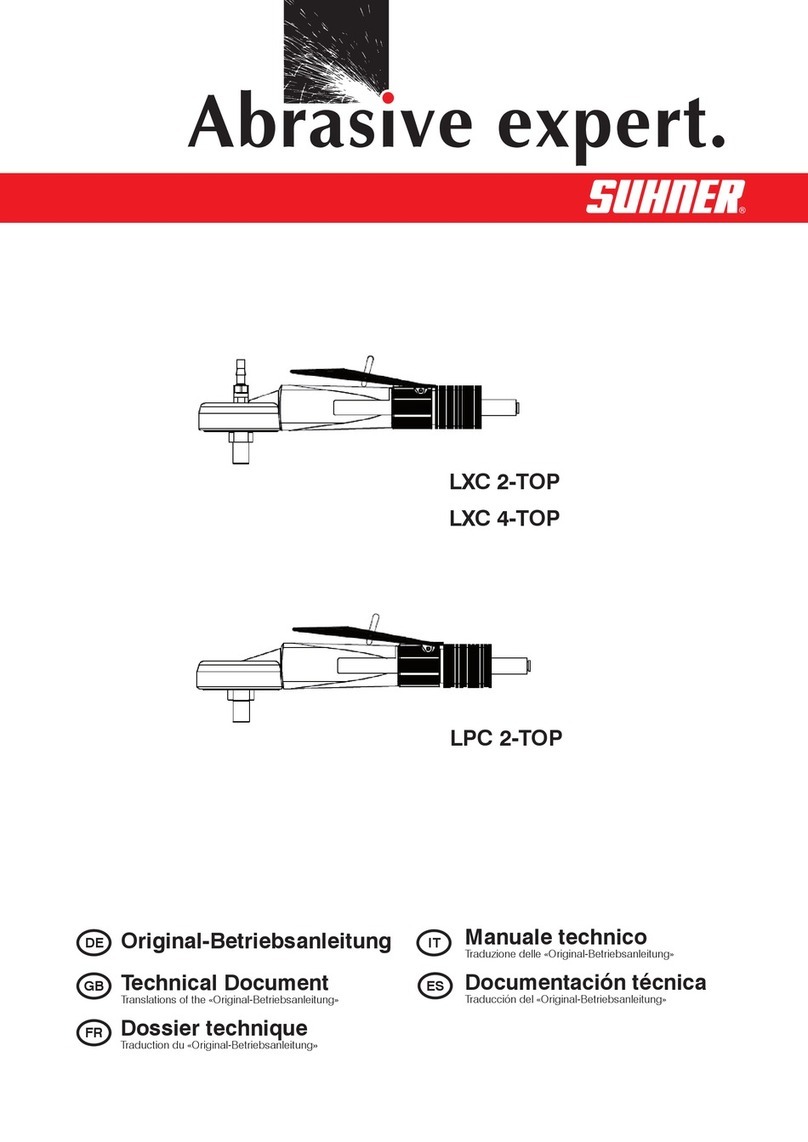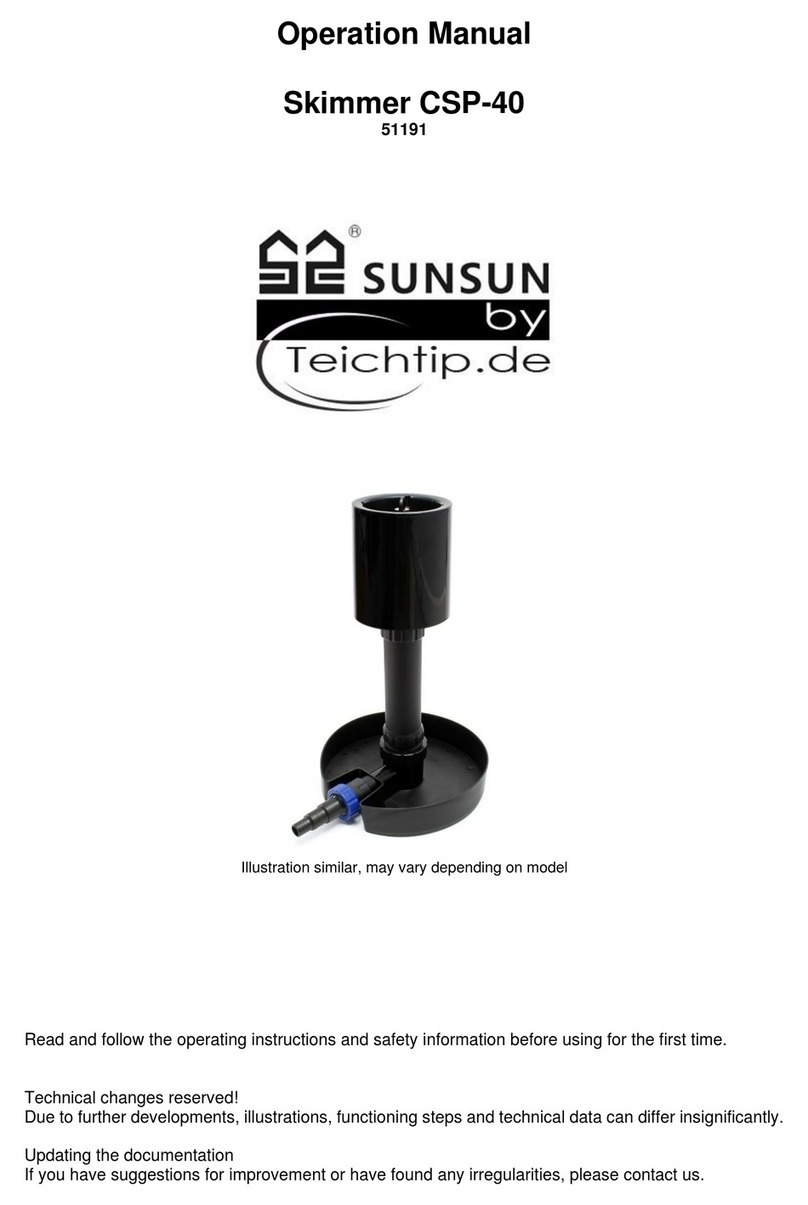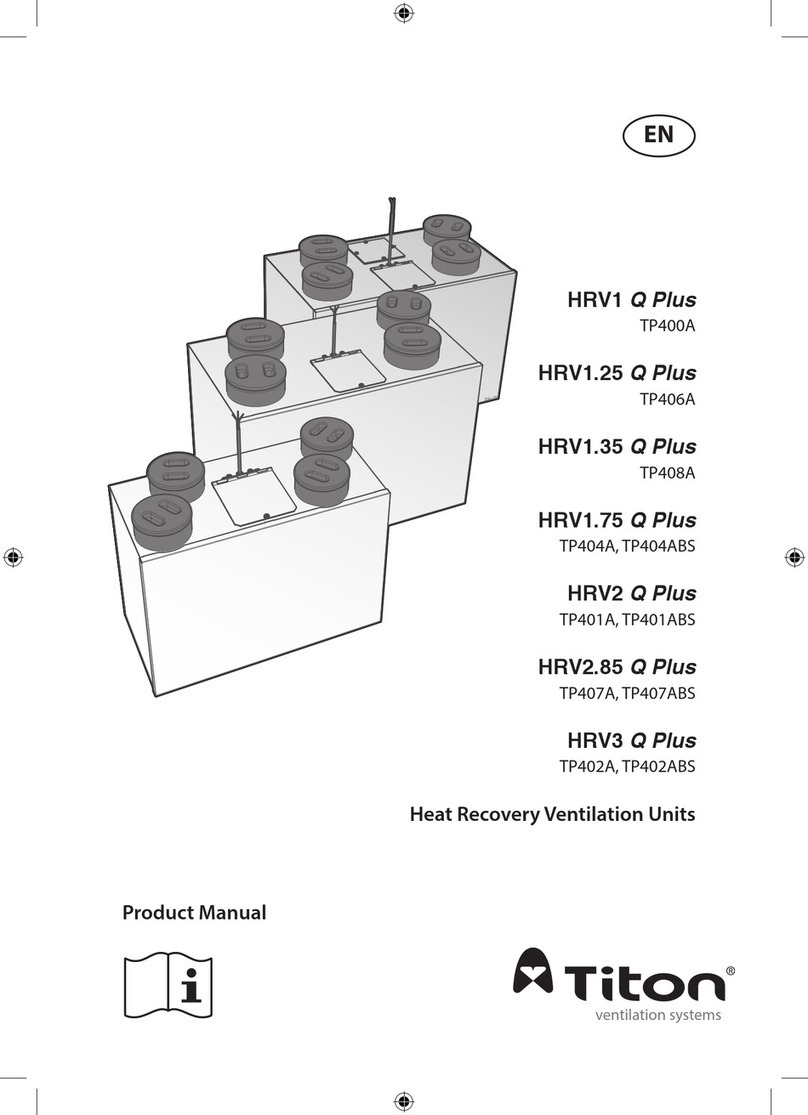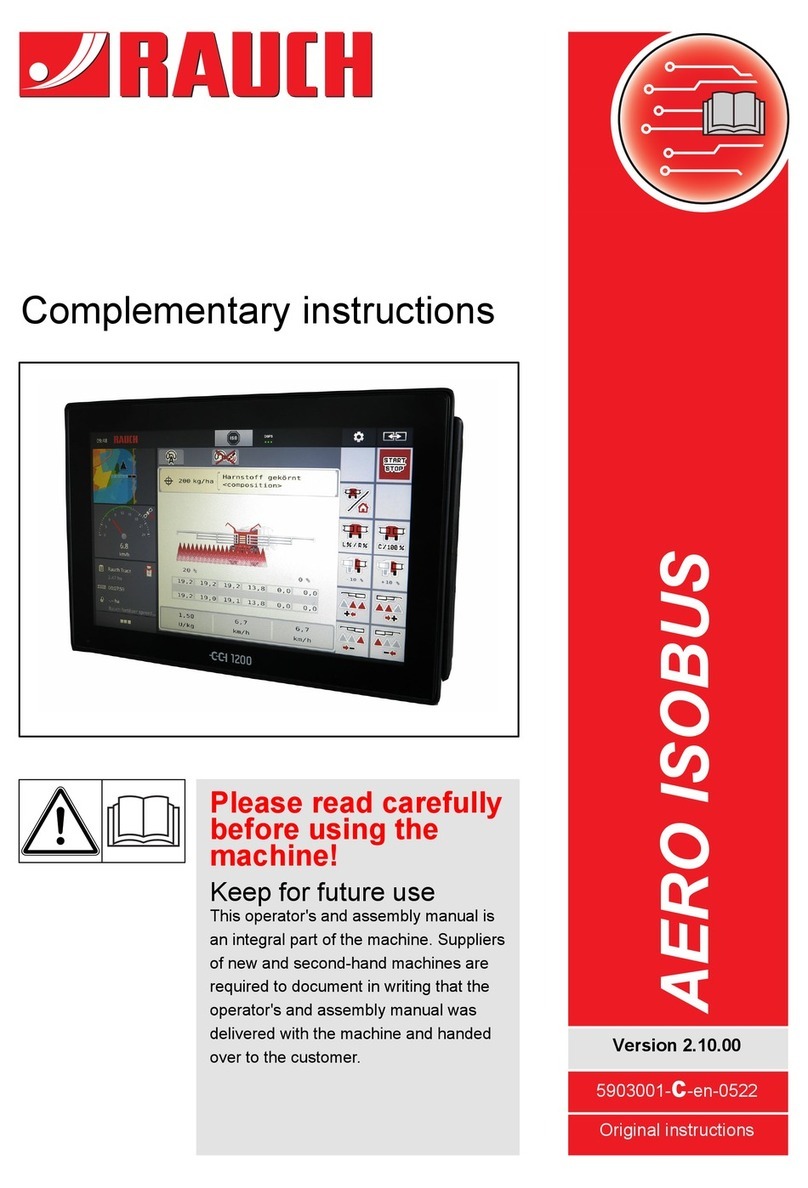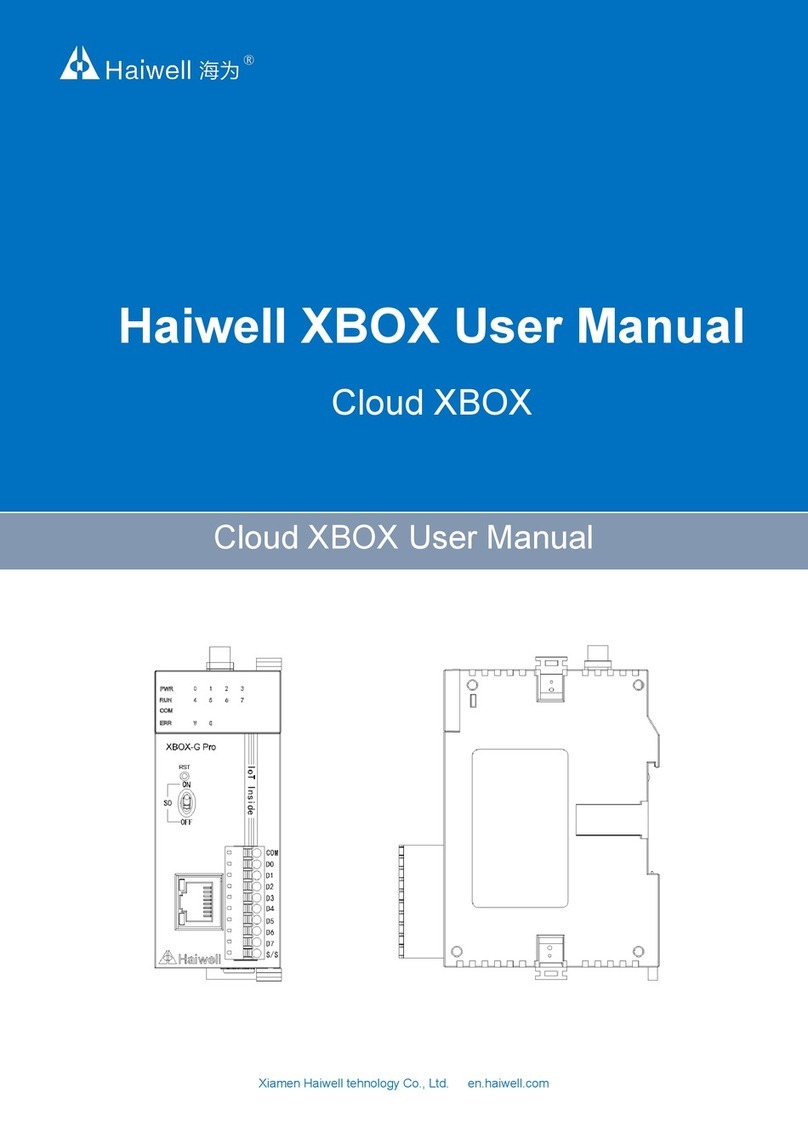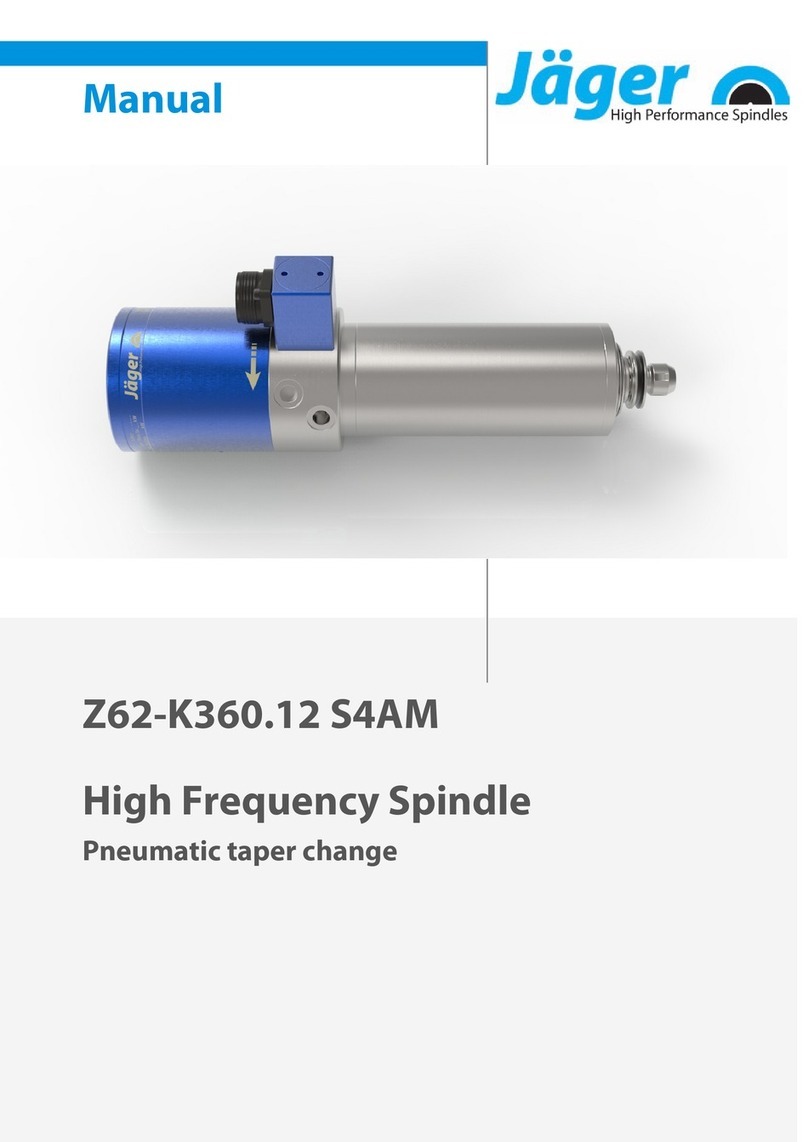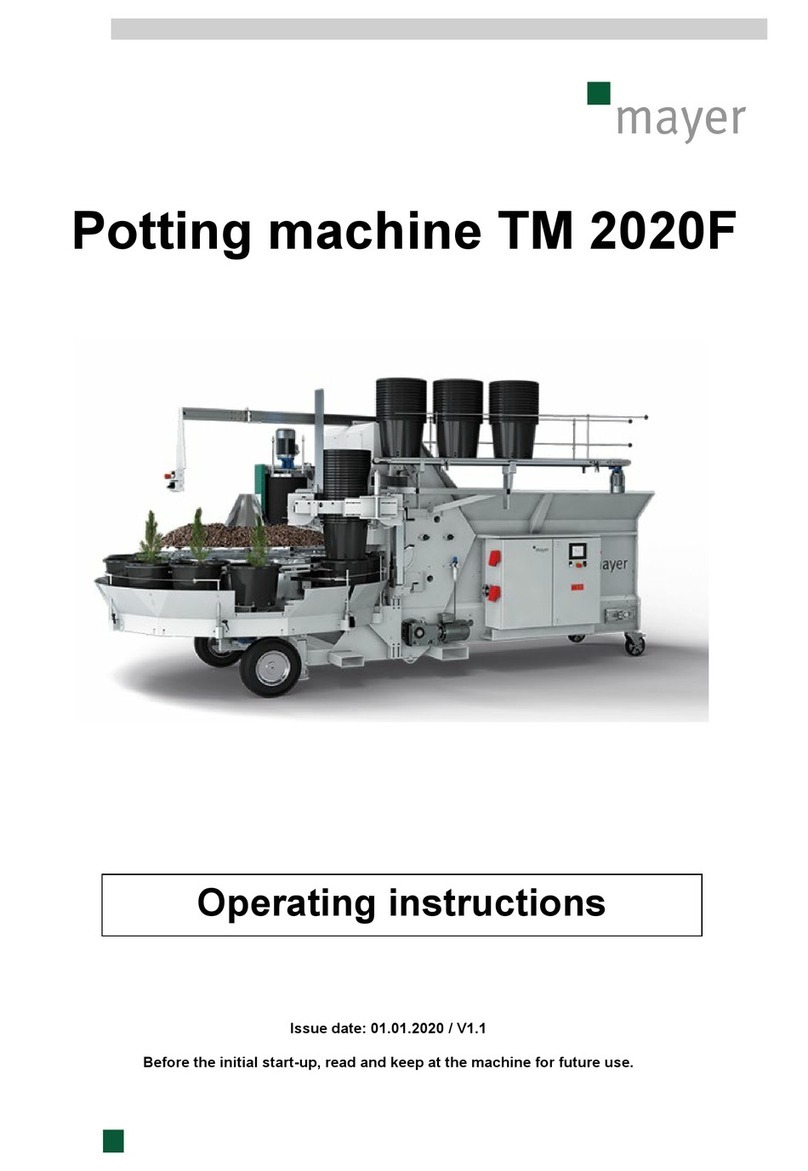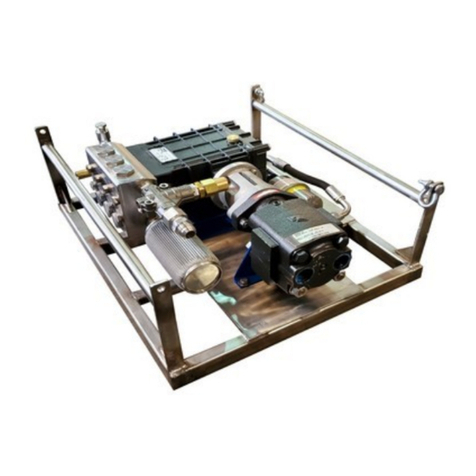Brano Z420-A User manual

translation of the original instructions for use (also applies to special designs)
BRANO a.s., 747 41 Hradec nad Moravicí
The Czech Republic
tel.: +420/ 553 632 303
http://www.brano-zz.cz; http://www.brano.eu;
OPERATION MANUAL
SAFETY PRINCIPLES, OPERATION AND MAINTENANCE
FOR
SINGLE BEAM TROLLEYS
Type Z420
modification according to the width of the running profile
– A, – B, – C
modification without drive, without "R" control
design for potentially explosive atmospheres
–
NEXP
lifting capacities 0,5t; 1t; 1,6t; 3,2t; 5t; 7,5t and 10t
Read this Operation Manual carefully before using these products. This manual
contains important safety, operation, installation, and maintenance information on the
product. Make this manual available to all responsible persons.
Keep for further use!
Edition 7
th
May 2022
Evidence number
1
-
56799
-
0
-
0

2
CONTENT
1 DEFINITION .......................................................................................................................... 3
2 DEVICE PURPOSE................................................................................................................ 3
3 SAFETY PRINCIPLES .......................................................................................................... 4
3.1 SAFETY SUMMARY ..................................................................................................... 4
3.2 SAFETY PRINCIPLES ................................................................................................... 4
3.2.1 Prior to use .................................................................................................................... 4
3.2.2 When in use................................................................................................................... 5
3.2.3 After use ........................................................................................................................ 5
3.2.4 Risk analysis.................................................................................................................. 5
3.2.5 Maintenance .................................................................................................................. 5
4 PACKING, STORAGE AND MANIPULATION ................................................................. 5
4.1 PACKING ........................................................................................................................ 5
4.2 STORAGE ....................................................................................................................... 6
5 MAIN TECHNICAL PARAMETERS ................................................................................... 6
5.1 DIMENSIONS ................................................................................................................. 6
5.2 DIVISION ........................................................................................................................ 8
5.3 MAIN TECHNICAL PARAMETERS ............................................................................ 8
5.4 MATERIAL AND DESIGN............................................................................................ 8
5.5 DATA ON PRODUCT .................................................................................................... 9
6 INSTALLATION OF THE PRODUCT ................................................................................. 9
CHECK PRIOR TO INSTALLATION ................................................................................. 9
6.1 LOAD CARRYING STRUCTURE................................................................................. 9
6.2 TRAVELLING (CRANE) TRACK................................................................................. 9
6.3 ASSEMBLY OF THE PRODUCT ................................................................................ 10
6.4 TEST PRIOR TO USE................................................................................................... 12
7 OPERATION ........................................................................................................................ 12
7.1 APPLICATION OF THE PRODUCT ........................................................................... 12
7.2 SAFE WORKING ENVIRONMENT ........................................................................... 12
8 INSPECTION OF THE PRODUCT ..................................................................................... 13
8.1 INSPECTION................................................................................................................. 13
8.1.1 Inspection classifications............................................................................................. 13
8.1.2 Daily inspection........................................................................................................... 13
8.1.3 Regular inspection....................................................................................................... 13
8.1.4 The product occasionally used .................................................................................... 14
8.1.5 Inspection record ......................................................................................................... 14
8.1.6 Inspection procedure ................................................................................................... 14
9 LUBRICATION.................................................................................................................... 15
9.1 GENERALLY................................................................................................................ 15
9.2 GEARINGS OF THE PRODUCT ................................................................................. 15
10 MAINTENANCE................................................................................................................ 15
10.1 SAFETY PRINCIPLES ............................................................................................... 15
10.3 GENERAL INSTRUCTIONS ..................................................................................... 16
10.4 CHECK ........................................................................................................................ 16
10.5 REPAIR........................................................................................................................ 16
10.6 TEST ............................................................................................................................ 16
11 PUTTING OUT OF OPERATION – DISPOSAL.............................................................. 16
12 RELATED DOCUMENTATION....................................................................................... 17
13 FINAL REQUIREMENTS OF THE MANUFACTURER TO THE CUSTOMER .......... 17

3
1 DEFINITION
! DANGER
Danger is used to indicate the presence of a hazard, which will
cause death or severe injury, if the operating staff does not avoid
it.
! WARNING
Warning is used to indicate the presence of a hazard, which can
cause death or severe injury, if the operating staff does not avoid
it.
! CAUTION
Caution is used to indicate the presence of a hazard, which can
cause minor injury, if the operating staff does not avoid it.
Caution can also warn against dangerous practices.
Lifting capacity (Q): indicates maximum permitted mass (working load limit), which
a product is designed to be loaded during operations under conditions specified in
this manual.
2 DEVICE PURPOSE
2.1 The single beam trolley(hereinafter referred to as product) type Z420 in any
modification Z420(R)-A (B, C) and designed for use in potentially explosive
atmospheres - NEXP(NEXP= structurally identical product, differing in surface
protection of selected parts, marking plate material and documentation) of lifting
capacities 1t, 1,6t, 3,2t, 5t, 7,5t and 10t is designed for horizontal travel on flanges of
I-beam. It is intended mainly for suspending of BRANO hand operated lifting devices
of the appropriate lifting capacity. The mass of a load must not exceed the nominal
lifting capacity.
2.2 The product has been designed to meet requirements provided by the Directive
2006/42/EC of the European Parliament and of the Council as amended by the
Czech technical regulation – ministerial order No. 176/2008 of the Coll. of Laws as
amended as well as requirements of the ČSN EN ISO 12100 and ČSN EN 13157+A1
harmonized technical standards.
2.3 The product has been designed in compliance with the requirements stipulated
by Directive 2014/34/EU of the European Parliament and of the Council, as amended
by the Czech technical regulation – Government Directive No. 116/2016 Coll., as
amended. The product has been designed as IM2ExhIMb equipment pursuant to
ČSN EN ISO 80079-36:2016 and ČSN EN ISO 80079-37:2016. It complies with the
conditions stipulated for use in mining environments classed as “hazardous
atmospheric conditions 2” pursuant to ČSN EN 1127-2.
2.4 The product has been designed in compliance with the requirements stipulated
by Directive 2014/34/EU of the European Parliament and of the Council, as amended
by the Czech technical regulation – Government Directive No. 116/2016 Coll., as
amended. The product has been designed as II2GExhIICT6Gb,
II2DExhIIICT85°CDb equipment pursuant to ČSN EN ISO 80079-36:2016 and
ČSN EN ISO 80079-37:2016. It complies with the conditions stipulated for use in
environments classed as „zone 1 and zone 21“, “ zone 2 and zone 22“ pursuant to
ČSN EN 1127-1.
Note: Articles 2.3 and 2.4 apply to NEXP product design.

4
3 SAFETY PRINCIPLES
3.1 SAFETY SUMMARY
Danger exists when traveling with a load, particularly when the product is not used
properly or is poorly maintained. Since an accident or serious injury could result,
special safety precautions must be observed in the course of work with the product
during its assembly, maintenance and inspection.
! WARNING
NEVER use product for transporting people.
NEVER transport loads over or near people.
NEVER lift and transport more than lifting capacity shown on the product
nameplate.
ALWAYS make sure the load carrying structure will provide the adequate support
to handle fully loaded product and all other operations.
ALWAYS let people around to know when a lift is about to begin.
ALWAYS read operation manual and safety instructions.
Remember that proper rigging, lifting and pulling techni
ques are the responsibility of
the operating staff. There
fore check all applicable national directions, regulations and
standards for further information on the safety work of your product.
3.2 SAFETY PRINCIPLES
! WARNING
3.2.1 Prior to use
ALWAYS ensure physically fit, qualified and instructed persons older than 18 years
of age, familiarized with this manual and trained in safety conditions and
way of work, operate the product.
ALWAYS check the product before daily use according to the article 8.1.2 „Daily
inspection“.
ALWAYS make sure that ends of rail girder are fitted with stop ends.
NEVER use damaged or worn out product.
NEVER use corroded, twisted or damaged hand chain.
NEVER use a product without a visible marking of lifting capacity on a nameplate.
NEVER use a product marked by the label „OUT OF OPERATION“.
ALWAYS consult with the manufacturer or his authorized representative use of the
product in non-standard or extreme environment
ALWAYS check that the product is grounded through the ground terminal when
working in an explosive atmosphere
ALWAYS wipe off any dust before handling the product in an explosive atmosphere

5
3.2.2 When in use
ALWAYS use manual power only.
ALWAYS ensure two persons operate products of lifting capacities 3,2 – 10t when
loading them with loads approaching the nominal lifting capacity.
NEVER use a product as a part for tensioning, pulling or anchoring loads.
NEVER allow swinging the load, causing impacts or vibrations.
NEVER load a product by diagonal pull.
NEVER leave a suspended load without supervision.
NEVER weld, cut or make any other operations on a suspended load.
3.2.3 After use
NEVER leave a load suspended on the product.
ALWAYS ensure the product against any incompetent use.
3.2.4 Risk analysis
The analysis of possible risks in light of design, operation and environment of the
product application is presented in freestanding document „Risk analysis“. This
document can be required in service centers.
3.2.5 Maintenance
ALWAYS enable qualified persons to inspect the product regularly.
ALWAYS ensure the sliding parts were greased enough.
Only such interventions can be done when maintaining the product that are in
compliance with requirements of the manufacturer specified in the chapters 10 and
13 of this manual.
IT IS NOT PERMITTED to carry out repairs and maintenance in other way than
specified by the manufacturer. It concerns namely the forbiddance of using of
unoriginal spare parts or carrying out modifications on the product without any
approval of the manufacturer.
4 PACKING, STORAGE AND MANIPULATION
4.1 PACKING
4.1.1 Products of lifting capacity 1t are supplied assembled, packed into paperboard
boxes. Products of lifting capacities 1,6t, 3,2t 7,5t and 10t are supplied assembled in
bulk on pallets. The hand chain is ensured against unrolling by the wire.
4.1.2 The following accompanying documentation is a part of the delivery:
a) Operation Manual
b) EC Declaration of Conformity
c) Certificates of Quality and Completeness and Guarantee Card.
c1) Guarantee period is stated in the Guarantee Card.
c2) The guarantee does not apply to defects caused by infringement of the
instructions stated in this Operation Manual and defects occurred owing
to improper use and unskilled intervention.
c3) The guarantee does not apply also to modifications on the product or
using of unoriginal spare parts without an approval of the manufacturer.
c4) A claim for defects in the product must be applied according to the
relevant provisions of the Commercial Code or the Civil Code, as
amended.
d) List of service centers (for the Czech and Slovak Republics only).

6
4.2 STORAGE
Store products in dry and clean stocks free of chemical influences and vapours.
(1) Always store a product without any suspended load.
(2) Remove from the product all dust, water or impurities.
(3) Lubricate the gear transmission and pivots of wheels.
(4) During further use follow instructions of the article 8.1.2 „Daily inspection“ or 8.1.4
„Product occasionally used“.
5 MAIN TECHNICAL PARAMETERS
5.1 DIMENSIONS
PIC. 5.1.1 PRODUCT TYP Z420, Lifting capacity 1 t
PIC. 5.1.2 PRODUCT DESIGN Z420R, Lifting capacity 1 t

7
Type
Z420
Design
Lifting
capacity
(t)
Main dimensions (mm) I – beam
( I, IPE, HEA, HEB )
a ~ h L v
d
1
r k m n b R
1)
-A
1
HEM
245 100
178
209
55
87
95
52 – 80 99 – 126 50 – 113
1000
-B 286 52 – 134 99 – 180 50 – 226
for
I
–
b max
143
-C 372 90 – 177 136 – 223
125 – 300
for
I
–
b max
143
R-A 178
177 63
52 – 80 - 50 – 113
R-B 286 52 – 134 - 50 – 226
for
I
–
b max
143
Notes: 1) R = minimal radius of the track curvature.
PIC. 5.1.3 PRODUCT TYP Z420, Lifting capacities 1,6t; 3,2t; 5t; 7,5t and 10 t
Type
Z420
Design
Lifting
capacity
(t)
Main dimensions (mm) I – beam
( I, IPE,
HEA, HEB, HEM )
a ~ h L v
d
1
r k m n b R
1)
-A
1,6 350 121,5
212
269 100 140 136
80 – 91 168 – 175 58 – 113
1700
-B 324 80 – 145 168 – 230 58 – 226
-C 396 129 – 181
214 – 266 137 – 300
-A
3,2 435 134
239
309 133 170 162
86 – 97 178 – 189 82 – 125
2500-B 340 86 – 146 178 – 238 82 – 226
-C 414 113 – 183
205 – 275 160 – 300
-A
5 505 149
275
391 148 218 227
101 – 116
199 – 214 90 – 137
2800-B 364 101 – 162
199 – 260 90 – 226
-C 436 133 – 198
231 – 296 170 – 300
7,5 685 248 415 432,5
196 300 222 150 – 186
294 – 330 125 – 185 (I) 5000
-C 518 161 – 238
301 – 382 170 – 300
10 765 278 448 503,5
228 328 256 160 – 193
306 – 339 125 – 185 (I) 9000
-C 552 185 – 245
331 – 391 180 – 300
Notes: 1) R = minimal radius of the track curvature.

8
5.2 DIVISION
Z420-A - basic design, with drive
Z420-B - longer cross beam, with drive
Z420-C - the longest cross beam, with drive
Z420R-A - basic design, without drive
Z420R-B - long cross beam, without drive
Z420R-C - the longest cross beam, without drive
Note: with drive = with chain wheel and hand chain.
5.3 MAIN TECHNICAL PARAMETERS
Type
Z420
Design
Lifting
capacity Q
(t)
Operating
force for
travel
3)
(N)
Travelling
speed
1)
(m/min)
Range of
working
temperatu
re
Basic
length of
chain
2)
(m)
Weight
(kg)
-
A
1
250 4,8
-20°C
to
+ 50°C
3
8,
7
-B 10,4
-
C
11,4
R
-
A
- - -
6
,4
R-B 7,8
-
A
1,6 150 2,25
3
2
1
-B 22,8
-
C
24
-A
3,2 280 2,3
35,9
-
B
37,8
-
C
39,5
-A
5 350 1,8
52,9
-
B
54,
7
-C 58
7,5 500 5,97
124,2
-C 128,2
10 500 7,3
179,5
-
C
187
Note:
1) Calculated on the presumption of winding off 30m of hand chain per minute.
2) Products with hand chain longer than 3m can be ordered separately.
3) At products with lifting capacities 3,2 – 10t it is necessary when loading with loads
approaching nominal lifting capacity to ensure the operation by two persons
5.4 MATERIAL AND DESIGN
5.4.1 All parts of the product are made of steel and cast iron. The bumpers are made
of rubber.
5.4.2. Materials inclinable to creation of an incendiary spark in terms of the annex No.
2 article 1.3.1 to the ministerial order No. 116/2016 of the Coll. of Laws and the
ČSN EN 1127-1 article 6.4.4, ČSN EN 1127-2 article 6.4.7 and ČSN EN ISO
80079-36 article 6.4.2.1 harmonized technical standards are not used in the
product design.
5.4.3. Materials with dangerous effects of static electricity within the meaning of the
ČSN EN 1127-1 article 6.4.7, ČSN EN 1127-2 article 6.4.7,
ČSN EN ISO 80079-36 article 6.7 and ČSN CLC/TR 60079-32-1 are not used in
the product.

9
5.4.4 The product does not exceed the noise values specified in the annex 1 article
1.7.4.2 letter u of the MO No. 176/2008 of the Coll. of Laws (EP and RE
directive No. 2006/42/EC)
Note: Articles 5.4.2 and 5.4.3 apply to NEXP product design.
5.5 DATA ON PRODUCT
Every product is fitted with label with specified data as follows:
Standard design:
N
EXP
p
roduct
d
esi
gn
:
Manufacturer’s identification Manufacturer’s identification
Address of the manufacturer
Ad
d
ress of the manufacturer
Type of product
Type of product
Lifting capacity
Lifting capacity
Serial number
Serial number
Year of production
Year of producti
on
CE marking
CE
marking
Symbol of protection type(I IM2ExhIMb for group I,
II2G
Ex
hII
C
T
6Gb,
II2
D
Ex
h
I
II
C
T
85
°C
Db
for group
II)
6 INSTALLATION OF THE PRODUCT
CHECK PRIOR TO INSTALLATION
Prior to installation, check carefully whether the product is not damaged.
The NEXP product must be installed in such a way as to prevent creeping charges.
Charging mechanisms stronger than manual friction must be avoided at the
installation site.
A NEXP product when used in a mine or other environment where the product could
collide with falling, flying… objects (rock, stones…) must be protected to minimize the
likelihood of a collision (sufficiently dimensioned cover, …).
6.1 LOAD CARRYING STRUCTURE
Travelling (crane) track and related load carrying structure (parts of buildings, etc.),
destined for the product operation must be documented by the drawing and stress
analysis.
! WARNING
ALWAYS make sure the travelling track and related load carrying structure are
firm enough to support the weight of the load and product. The installation shall not
be carried out onto the structure, where the carrying capacity cannot be verified.
ALWAYS make sure the travelling track is plane.
ALWAYS make sure the ends of the travelling track are equipped with firm stop
blocks.
ALWAYS the user is responsible for the load carrying structure!
6.2 TRAVELLING (CRANE) TRACK
! CAUTION
Products can be installed onto girders with the angle of the lower flange up to 20% or
with a flat flange. The range of lower flange width (b) and minimum radius of the
travelling track curvature (R) for particular lifting capacities are mentioned in the
article 5.1 DIMENSIONS.

10
! WARNING
The permitted maximum deflection of the travelling track caused by loading by the
actual weight and nominal lifting capacity is 1/500 of distance between suspensions
(supports).
The permitted maximum gradient of traveled surface is 0,3%.
The maximum height of the travelling track above the floor is 20m. Any application on
higher travelling tracks is necessary to be consulted with the manufacturer.
6.3 ASSEMBLY OF THE PRODUCT
! CAUTION
Prior to installation of the product, inspect it carefully for the possible damage.
Only qualified persons can perform assembly of the product.
Be careful during assembly of the product to the travelling track and ensure
appropriate conditions for assembly according to the environment character, to avoid
endanger or injury of people. Use safety equipment when assembling the product in
heights to avoid falls from height.
The user is responsible for creating conditions for installation and performing
the installation.
6.3.1 Condition for the correct travel of the product
A) The tolerance (x) between tyres of the travelling
wheels and flange of beam shall be
approximately 2 mm. For curved tracks it is
necessary to increase the tolerance appropriately.
B) The suspension shackle must be in the centre of
the beam.
C) Place coupling screws (at lifting capacities 1,6 –
10t) into openings in side plates, so that the
condition of tolerance between screw and lower
flange of the beam was 3 - 6mm.
6.3.2 Assembly of lifting capacity 1 t
1) Dismantle the side plates of the product.
2) Put on the bottom flange of the I – beam the side plate with geared travelling
wheels and hand chain wheel. (At type Z420R you can put on any side plate).
3) Put the cross beam to the bushing of the side plate and secure by the cotter
pin.
4) Put on the cross beam the relevant number of distance washers, so that the
suspension shackle was in the axe of the beam and the condition for the
correct function according to the article 6.3.1 was fulfilled.
5) Put the same number and the same size of distance washers on the other
side of the suspension shackle.
6) Place the other side plate on the cross beam and all the remaining washers
and secure by the cotter pin.
7) Stretch the ends of both cotter pins so that they cannot fall out.
8) Straighten the hand chain.
3-6mm
xx

11
6.3.3 Assembly of lifting capacities 1,6 t; 3,2 t; 5 t; 7,5t and 10t
1) Dismantle the side plate of the product (on side free of gear travel wheels and
hand chain wheel) as follows:
- dismantle outer nuts of the distance bolts and take out split washers,
- dismantle the split pin of the cross beam,
- remove the side plate,
- take out the distance washers and shackle from the cross beam.
2) By the help of distance washers set the side plate on the cross beam so that the
shackle was in the axe of beam and the condition for the correct function was
fulfilled according to 6.3.1.
3) The same number and the same size of distance washers put on the opposite
side of the shackle.
4) Hang up the side plate with the cross beam on the beam and put the other side
plate on the cross beam and on the distance bolts.
5) Set on the remaining distance washers onto the cross beam and secure by the
cotter pin.
6) Put spring washers on the distance bolts and screw on the nuts. Tighten up
properly all nuts of distance bolts.
7) Stretch the ends of both cotter pins so that they cannot fall out.
8) Straighten the hand chain.
9) For the assembly of the products of the lifting capacities 7,5 and 10t use an
appropriate load carrying structure (auxiliary lifting device, etc.).
6.3.4 SETTING OF THE HAND CHAIN
After the installation of the product in the workplace we
check the position of the hand chain. The distance of the
end of bottom loop of the hand chain over the level of the
surface, on which the operation staff stands during the
operation, must be in the range of 500 –1000mm. Products
are supplied with hand chains, the length of which is
proportional to the lift height of the chain block or lifting
device used for suspending on the product, and which
during the standard installation meet condition of correct
setting of the chain end.
In other cases, where regarding the way of use of the chain
block, the length of the hand chain does not meet specified
conditions, the chain must be shortened or lengthened.
Shortening of the chain: we disconnect the chain in place
of the coupling link by buckling free ends of the links. We
shorten the chain by required length and connect again by
coupling link. Free ends of the coupling link we bend to one
another.
Lengthening of the chain: we disconnect the chain in place
of the coupling link by buckling free ends of the links. We
attach other part of chain of required length by means of
two coupling links. Free ends of coupling links we bend to
one another.
The coupling links and hand chain of required length can
be bought as spare parts.
Note: the requirement for control chains of other length
than standard one can be made just in the order.

12
6.4 TEST PRIOR TO USE
! CAUTION
1) Inspect visually load bearing structure, whether it is without defects.
2) First look again through the previous articles of this manual and make sure all
steps were correctly done and all parts are safely assembled.
3) Check especially, whether the cotter pins on both sides of the cross beam are
properly secured against falling out.
4) By pulling the hand chain of the product (or by the move of the product at the type
Z420R) check the travel on the travelling track.
7 OPERATION
7.1 APPLICATION OF THE PRODUCT
The product has been designed entirely for the horizontal travel on flanges of I-
beams under normal atmospheric conditions in the workplace and in environments
with an explosion risk as well, if there is a symbol of the protection type on the label –
see articles 2.3 and 2.4 of this operation manual. The product is destined for
suspension of the chain block or other lifting equipment always of the appropriate
lifting capacity manufactured by the BRANO. When suspending the lifting device of
other manufacturer the upper hook shall correspond to the opening in the suspension
shackle of the product.
Consult with the manufacturer other application of the product.
The type Z420 is with travel drive by means of the hand chain and makes possible
moving loads in the working area of the travelling track.
The type Z420R is destined for travel by the application of a direct force on the
product. The travel of the product is possible as well by the application of a force on
the load (when observing the safety principles specified in the chapter 3 and in the
article 7.2), whereas the operating staff pushes the load – we do not recommend to
pull the load.
It is destined for organizations and private persons as well.
When installing in outside room protect the product against direct climatic influences
(shelter).
Since handling with heavy loads may involve unexpected danger, all the „Safety
instructions“ according to the chapter 3 must be followed.
! WARNING
NEVER suspend a lifting device of a greater lifting capacity than the nominal
lifting capacity of the product.
NEVER suspend a lifting device, the hook of which does not go freely through the
opening in the suspension shackle.
7.2 SAFE WORKING ENVIRONMENT
! WARNING
(1) The operating staff must be demonstrably familiarized with this operation manual,
must observe applicable safety and hygienic regulations and must be qualified for
operation of this equipment.
(2) The operating staff must be equipped with helmet and gloves when operating the
product.

13
(3) When more persons take a part in the operation, always one person must be
designated, trained in safety work, that is responsible for handling with the
product.
(4) He must have a clear and unobstructed view of the whole working area still before
starting the work. If it is not possible, one or more persons must help him to
supervise in the nearby area of the product.
(5) The operating staff must check the entire work place is safe and whether there is
a possibility of escaping in case of endanger before starting to operate the
product.
(6) For travel of the product the sufficient space for the operating staff shall be
ensured.
(7) When operating the product the adequate distance of the operating staff from the
suspended load must be kept. It is forbidden to transport bulky loads not allowing
keeping the sufficient distance.
8 INSPECTION OF THE PRODUCT
8.1 INSPECTION
8.1.1 Inspection classifications
(1) Initial inspection: precedes first use. All new or repaired products shall be
inspected by a responsible qualified person to ensure the qualified fulfillment of
requirements of this operation manual.
(2) Inspections of products operated regularly are generally divided into two
classifications based on the intervals at which should be performed. The intervals
depend on the condition of the critical components of the product and the degree of
the wear, deterioration or malfunction. The two general classifications are here
classed as daily and regular ones. The respective intervals are defined as follows:
(a) Daily inspection: visual inspection carried out by the operating staff designated
by the user at the beginning of each application.
(b) Regular inspection: visual inspection carried out by the qualified person
designated by the user.
1) normal operation – once per year
2) heavy operation – twice per year
3) special or infrequent operation – according to the recommendation of the qualified
person at first usage and according to the directions of the qualified employees
(maintenance workers).
8.1.2 Daily inspection
Regarding parts such as those recommended in section 8.1.6(1) „Daily inspection“
verify whether the products are without any defect. Provide this inspection also
during operation in the intervals between regular inspections. Qualified employees
will determine whether any defect or damage can constitute a hazard or whether
more detailed inspection is necessary.
8.1.3 Regular inspection
Complete inspections of the product perform as recommended regular inspections.
These inspections may be performed with the product in its normal location and do
not require dismantling of the product. Recommended regular inspection specified in
the section 8.1.6 (2) shall be performed under the supervision of qualified persons
that will determine, whether the complete disassembly of the product is necessary.
These inspections shall include the requirements of the daily inspection as well.

14
8.1.4 The product occasionally used
(1) The product, which has been idle for a period of one month or longer but less
than one year, remit to the inspection conforming to the requirements of the section
8.1.2 before follow-up putting it into operation.
(2) The product, which has been idle for a period of one year, remit to the inspection
conforming to the requirements of the section 8.1.3 before follow-up putting it into
operation.
8.1.5 Inspection record
Always keep the record of the performed tests, repairs, inspections and maintenance
of products. Dated inspection records perform in time intervals specified in the
section 8.1.1 (2) (b) and such records store in an accessible place designated by the
user. Defects found by the inspection or recorded during the operation must be
announced to the person responsible for safety and designated by the user.
8.1.6 Inspection procedure
(1) Daily inspection (carried out by the operating staff or qualified person)
PART INSPECTION
METHOD
LIMIT/CRITERIA
FOR DISCARD
REMEDY
1. Function of the
product
Visual, hearing Excessive operating
force.
Travel goes hard.
Clean and lubricate
the gear transmission
of the travel, lubricate
pins of the travel
wheels
2. Fastening parts Visual check of cotter
pins and nuts.
Damaged cotter pins.
Insufficiently ensuring
against falling out.
Cotter pins
replacement.
Proper stretching of
ends of cotter pins
Tightening nuts
2. Hand chain
Visual
Chain is kinked or
twisted.
Chain is deformed or
damaged and does not
enter the chain wheel
correctly.
Straight up the chain
and set it to the
normal position.
Replacement of the
chain.
3. Side plate of the
product
Visual Visible deformation of
the side plate.
Replacement of the
side plate.
(2) Regular inspection (carried out by qualified person)
PART INSPECTION
METHOD
LIMIT/CRITERIA
FOR DISCARD
REMEDY
1. Fastening parts
Visual check of
cotter pins and nuts.
Defective cotter pins,
inadequate ensured
against dropping out.
Exchange of cotter
pins, proper
stretching of cotter
pin ends.
Tightening the nuts.
2. All parts Visual check Worn or damage
parts.
Fouled and non
lubricated parts.
Replace by new
ones.
Dismantle, clean up,
lubricate and
assemble again.

15
3. Name plate – lifting
capacity marking
Visual check Lifting capacity is
illegible.
Repair or replace with
the new one.
Point up the lifting
capacity.
4. Deformation of side
plate
Visual check
Visible deformation of
parallelism of the side
plates.
Repair or replace
5. Deformation and
wear of the crossbeam
and suspension
shackle
Visual check or
check by the help of
the slide caliper.
Bent or worn out
cross beam or
suspension shackle
by more than 10%.
Product revision.
Replacement of the
cross beam or the
suspension shackle.
Putting out of
operation.
9 LUBRICATION
9.1 GENERALLY
Before the application of the new lubricant, remove the old one, clean parts by the
solvent and put the new lubricant. Use grease: Universal lithium plastic lubricant,
water resistant, usable in a minimum range of working temperatures from -20°C to
+50°C. For example A2, LV2EP.
! WARNING
All lubricants (grease, oil) used in the NEXP version must have an ignition
temperature higher than 135°C. E.g. LV2EP, Optitemp LG2….
9.2 GEARINGS OF THE PRODUCT
Remove the old lubricant from the gear transmission of the product and replace by a
new one.
10 MAINTENANCE
10.1 SAFETY PRINCIPLES
! WARNING
Only qualified persons (service organizations) trained in safety and
maintenance of these products can carry out maintenance, specialized
inspections and tests.
ALWAYS use entirely parts supplied by the manufacturer.
It is not permitted to perform repairs and maintenance in other way than specified by
the manufacturer. It concerns especially the forbiddance of using of unoriginal parts
or performing modifications on the product without any approval of the manufacturer.
ALWAYS check the function of the product after performing maintenance.
ALWAYS mark the defective product or product under repair by an appropriate
sign (e.g.: „OUT OF OPERATION“).
NEVER carry out maintenance when a load is suspended on the product.
NEVER use product, which is under repair!
ALWAYS when repairing the paint, it is necessary to observe the total thickness
of the paint layer maximum 0,2 mm (original + new paint, or after cleaning the
surface new paint, applies to NEXP product design).

16
10.2 BEARINGS
Sliding bearings (KU bushings) are used in the product. The theoretical service life of
bearings is several times higher than the theoretical service life of the product.
Therefore, they do not require any special maintenance except for cleaning (all) and
lubrication (except for roller bearings with a cover) during the regular inspection
interval, see 8.1. In the event that the bearing is damaged during disassembly,
assembly or due to dirt (sand, rock, dust ...) entering the working space of the
bearing, the bearing must be replaced immediately.
10.3 GENERAL INSTRUCTIONS
The following instructions give general important information on dismantling,
inspection, repair and assembly. If the product was dismantled from any reason,
proceed according to the following directions.
1. Carry out the maintenance in a clean environment.
2. NEVER dismantle product more than necessary to perform the needful repair.
3. NEVER use excessive power during dismantling of parts.
4. NEVER use heat as a means during dismantling parts, when parts are
determined for further use.
5. Keep the workplace clean and free of foreign compounds that could come to
bearings or other moving parts.
6. If the part is clamped in a vice, always use suitable inserts to protect the surface
of the parts.
10.4 CHECK
Check all dismantled parts, whether they are suitable for further use.
1. Check all gearings including the shaft, whether they are not worn out and have no
scratches or cracks.
2. Check, whether the side plates are not deformed.
3. Check, whether the cross beam and suspension shackle are not worn out or
damaged.
4. Check, whether the travelling wheels rotate free.
10.5 REPAIR
Worn out or damaged parts shall be replaced. Small burrs and scratches or other
small surface defects remove and smooth by the fine abrasive stone or an abrasive
cloth.
10.6 TEST
The loading test with load exceeding the lifting capacity by 50% shall be done at all
repaired products by a qualified person to verifying the product function.
11 PUTTING OUT OF OPERATION – DISPOSAL
Product does not contain any harmful substances; its parts are made of steel and
cast iron. After putting it out of operation, hand over it to a firm dealing with disposal
of the waste metal.

17
12 RELATED DOCUMENTATION
of Law as amended
12.1 EC declaration of conformity
12.2 This Operation Manual was elaborated in accordance with the following
technical regulations, technical standards and national regulations:
•Ministerial order No.176/2008 of the Coll. of Law as amended (EP and Council
directive 2006/42/EC)
•Ministerial order No.116/2016 of the Coll. of Laws as amended (EP and Council
directive 2014/34/EU)
•ČSN EN ISO 12100
•ČSN EN 13157+A1
•ČSN EN 1127 - 1
•ČSN EN 1127 - 2
•ČSN EN ISO 80079-36
•ČSN EN ISO 80079-37
•Regulation of CBM (Czech Bureau of Mine) No.22/89 of the Coll. of Laws
•ČSN CLC/TR 60079-32-1.
13 FINAL REQUIREMENTS OF THE MANUFACTURER TO
THE CUSTOMER
Any changes of the product, eventually usage of unoriginal spare parts can be
implemented only based on the approval of the manufacturer.
When not observing this condition the producer does not guarantee safety of
his product. In this case, any manufacturer’s guarantees do not apply to the
product.
This manual suits for next models
2
Table of contents
Other Brano Industrial Equipment manuals
Popular Industrial Equipment manuals by other brands
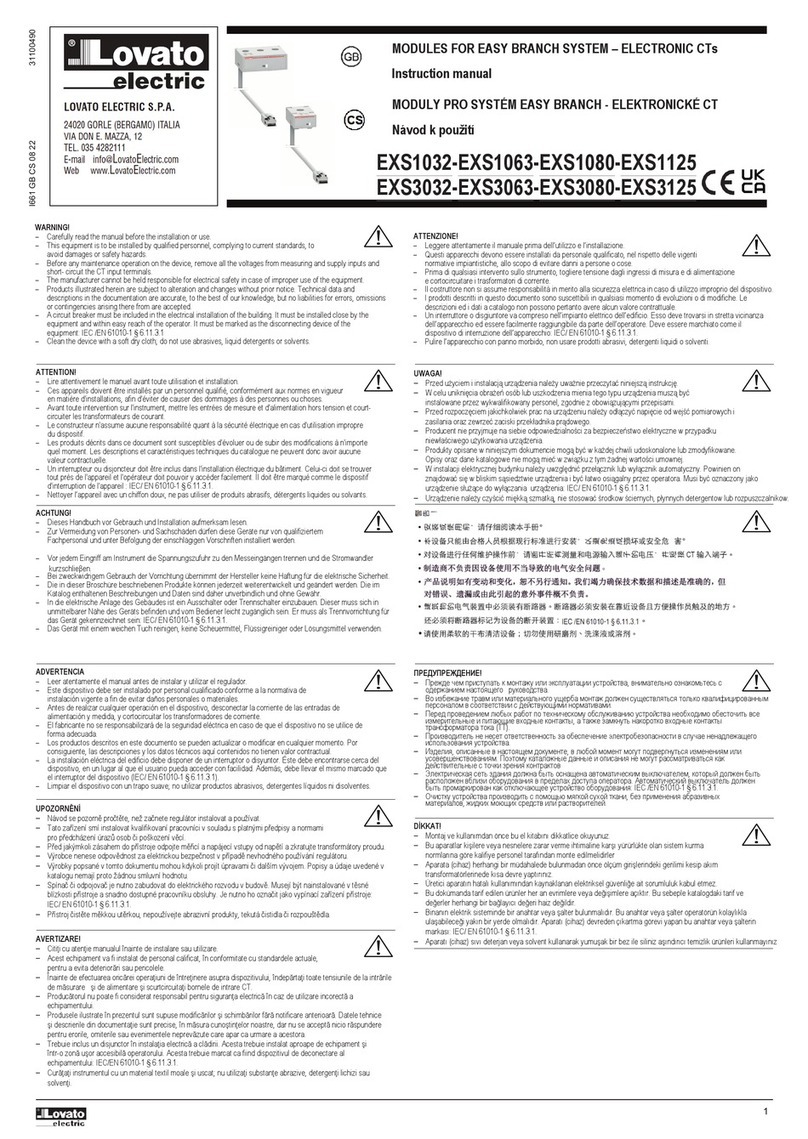
LOVATO ELECTRIC
LOVATO ELECTRIC EXS1032 instruction manual
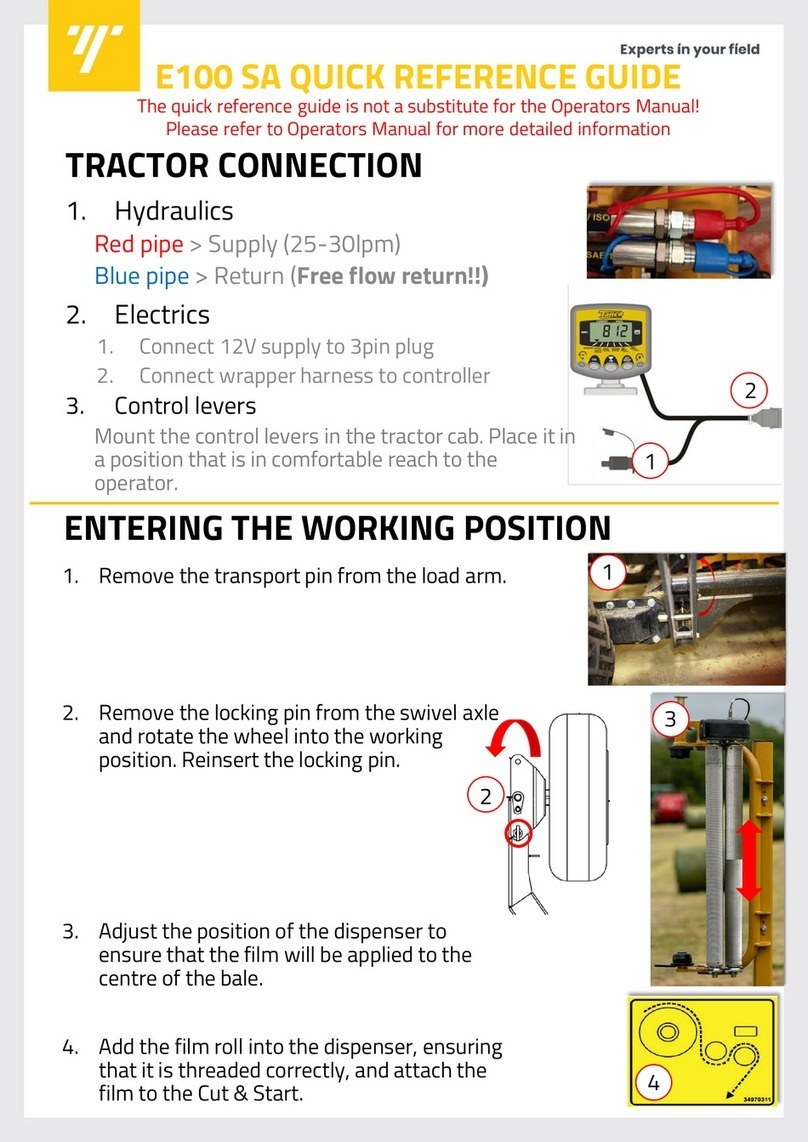
Tanco
Tanco E100 SA Quick reference guide

Siemens
Siemens MOTOX BA 2010 operating instructions
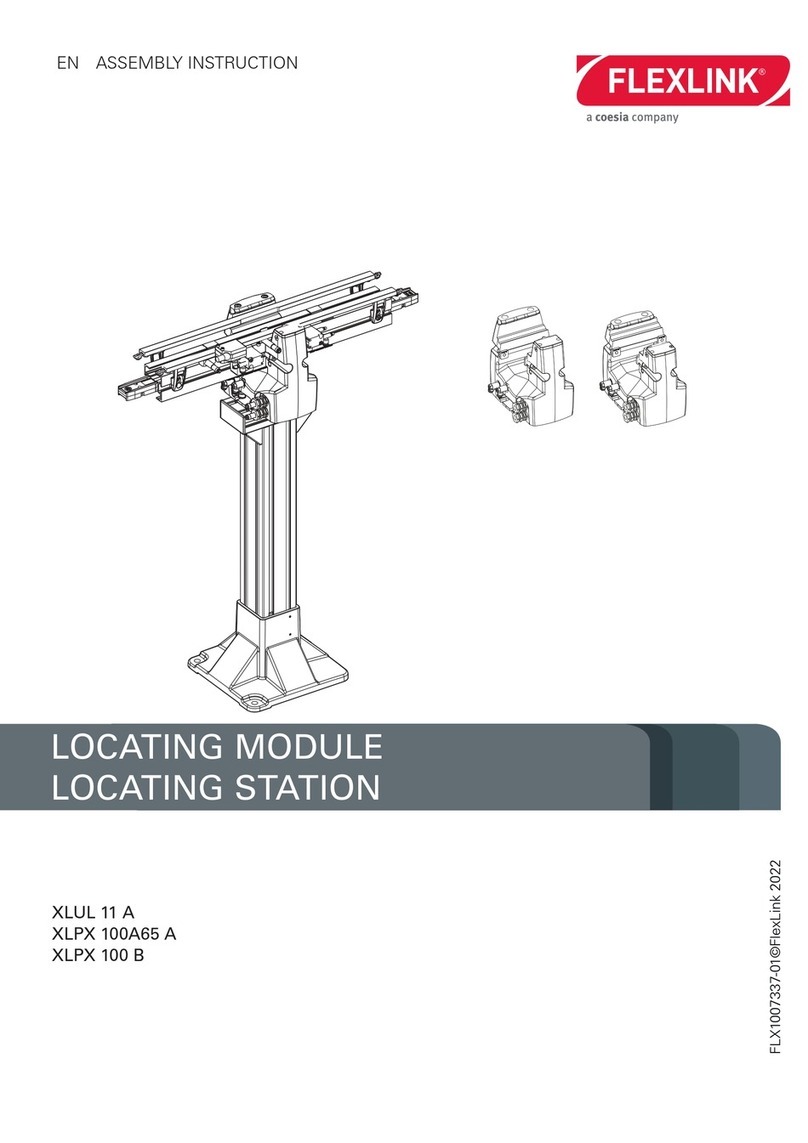
coesia
coesia FLEXLINK XLUL 11 A Assembly instruction
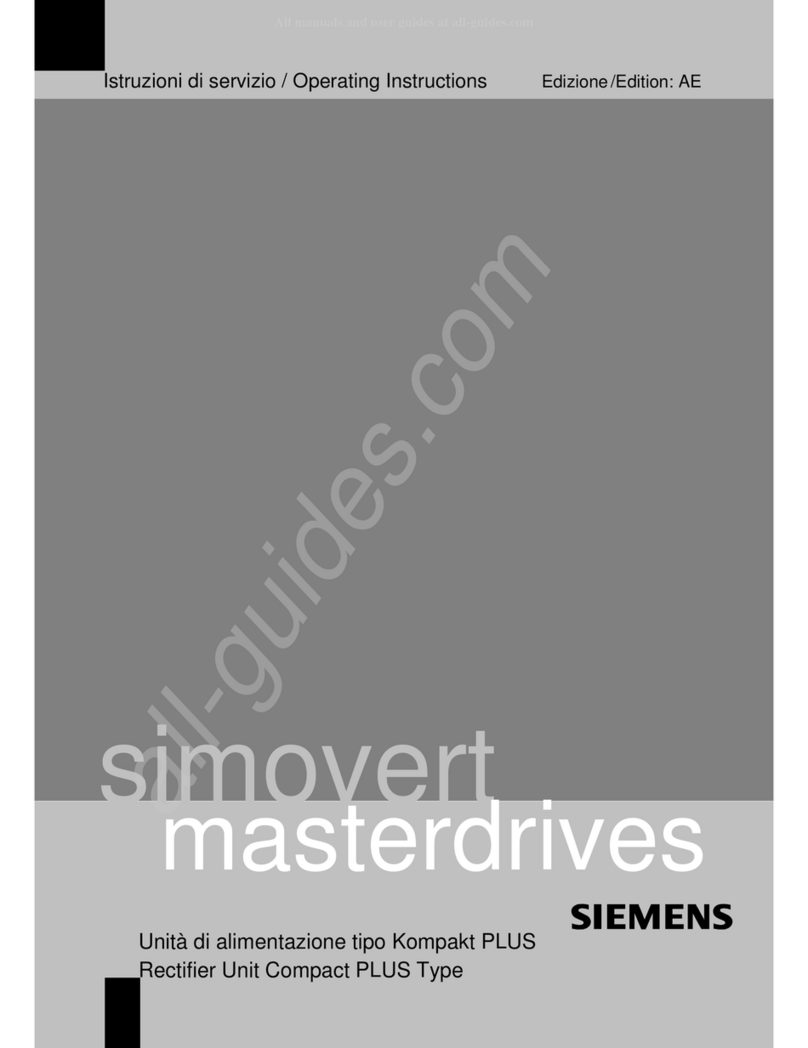
Siemens
Siemens Compact PLUS 6SE7024-1EP85-0AA0 operating instructions
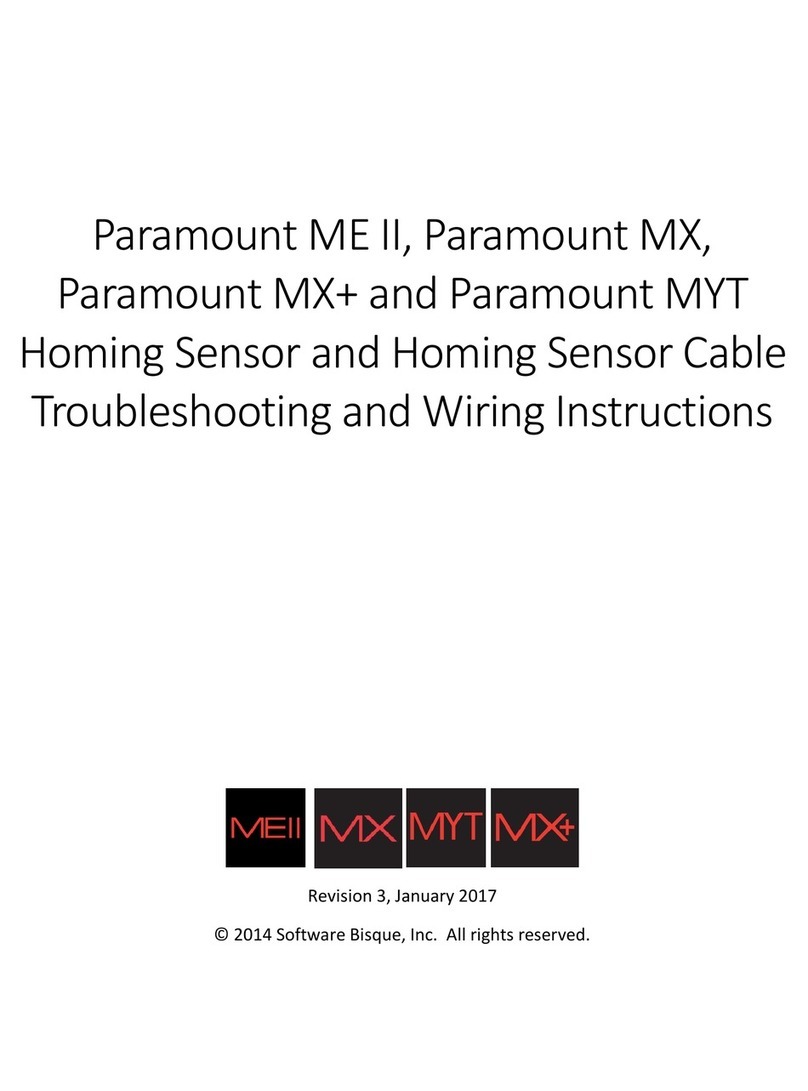
Software Bisque
Software Bisque Paramount ME II manual


